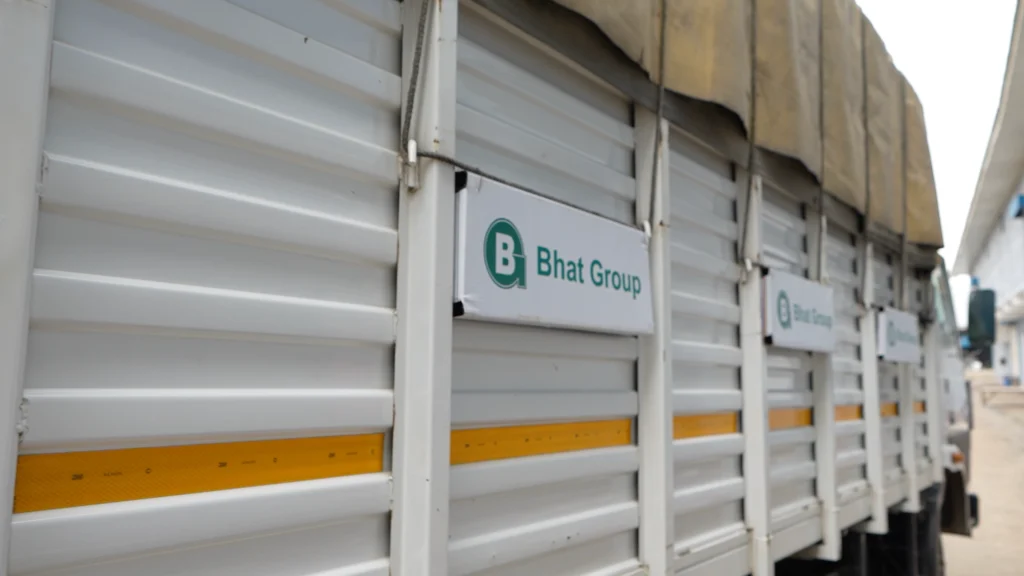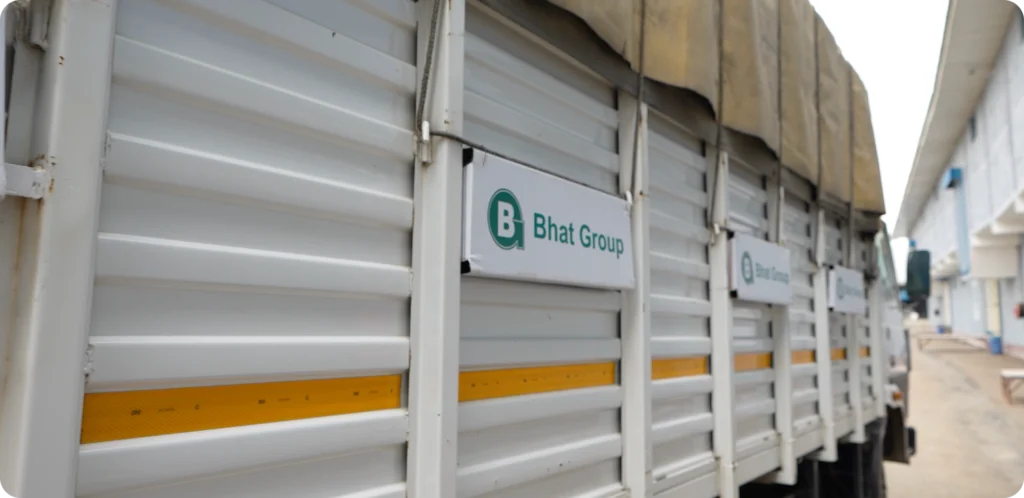Logistics and distribution have always been vital to the success of businesses worldwide. In today’s fast-evolving marketplace, these sectors are undergoing a significant transformation driven by technological advancements, shifting consumer expectations, and global challenges. For businesses like Bhat Group, operating at the heart of Jammu and Kashmir, understanding these trends is essential for staying competitive and fostering regional growth. Let’s explore the key trends shaping the future of logistics and distribution and their impact on the regional and global landscape.
1. Digital Transformation and Automation
The adoption of technology is revolutionizing logistics operations. From AI-powered inventory management to automated warehousing systems, digital tools are streamlining processes and reducing costs. In regions like Jammu and Kashmir, where terrain and connectivity can pose challenges, leveraging technology like GPS tracking, IoT devices, and automated data analysis ensures smoother operations and real-time decision-making.
2. Sustainability and Green Logistics
Sustainability is no longer a choice but a necessity. Green logistics practices, such as using electric vehicles, optimizing delivery routes, and adopting energy-efficient warehouse designs, are gaining momentum. Bhat Group’s commitment to sustainable practices aligns with the global shift towards eco-friendly operations while addressing the unique environmental challenges of the region.
3. E-commerce Boom and Last-Mile Delivery
The rise of e-commerce has significantly impacted logistics and distribution. Last-mile delivery has become a critical component, especially in areas like Jammu and Kashmir, where geographical diversity adds complexity. Businesses are investing in hyper-localized distribution networks to ensure faster, reliable delivery services for customers.
4. Supply Chain Resilience and Risk Management
Global disruptions, such as the pandemic and geopolitical challenges, have highlighted the importance of resilient supply chains. For businesses in regions like Jammu and Kashmir, ensuring an uninterrupted flow of goods requires diversification of suppliers, strategic inventory placement, and robust risk management strategies.
5. Regional Focus: Enhancing Connectivity in Jammu and Kashmir
The development of infrastructure in Jammu and Kashmir is transforming the logistics landscape. Improved road networks, digital connectivity, and government initiatives are enabling businesses like Bhat Group to expand their reach across the Union Territory and into neighboring regions. This enhanced connectivity is fostering economic growth and opening new opportunities for the local population.
6. Data-Driven Decision Making
Big data and analytics are becoming essential tools for logistics companies. From forecasting demand to optimizing routes, data-driven insights enable smarter decision-making. In a region like Jammu and Kashmir, where unpredictable weather can disrupt operations, predictive analytics ensures preparedness and operational efficiency.
7. Customer-Centric Logistics
Today’s consumers demand faster, more transparent, and customizable delivery services. Meeting these expectations requires a customer-centric approach, including real-time tracking, flexible delivery options, and proactive communication. Bhat Group’s focus on enhancing customer experiences positions it as a trusted logistics partner in the region.
Conclusion
As logistics and distribution evolve, businesses must adapt to these key trends to thrive in a competitive environment. For Bhat Group, embracing digital transformation, prioritizing sustainability, and enhancing regional connectivity are not just strategies but commitments to shaping the future of logistics in Jammu and Kashmir. By staying ahead of these trends, we aim to continue driving excellence and contributing to the region’s economic growth.




